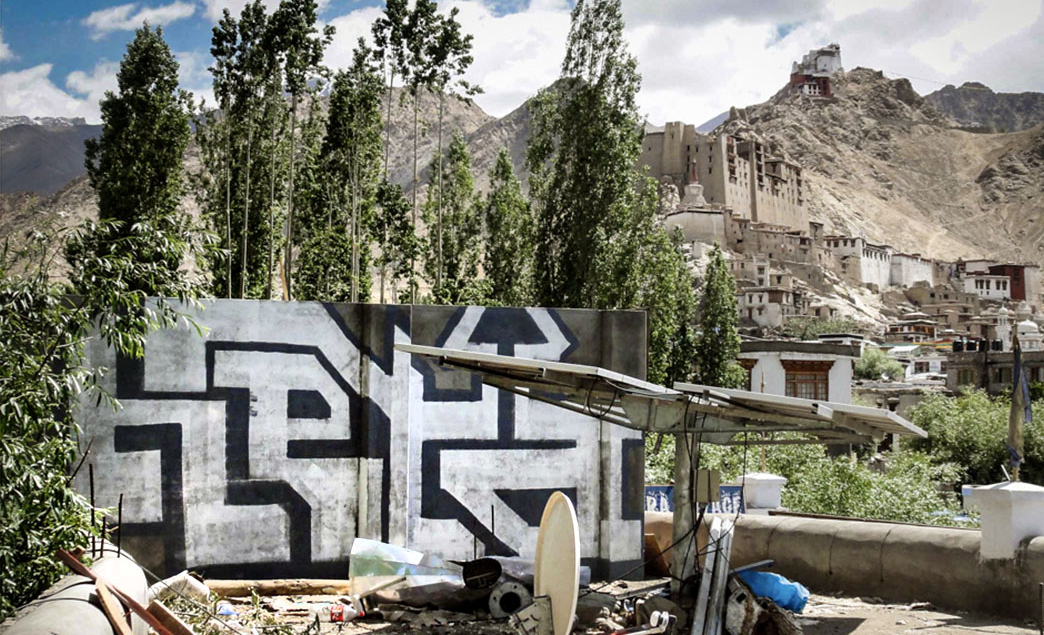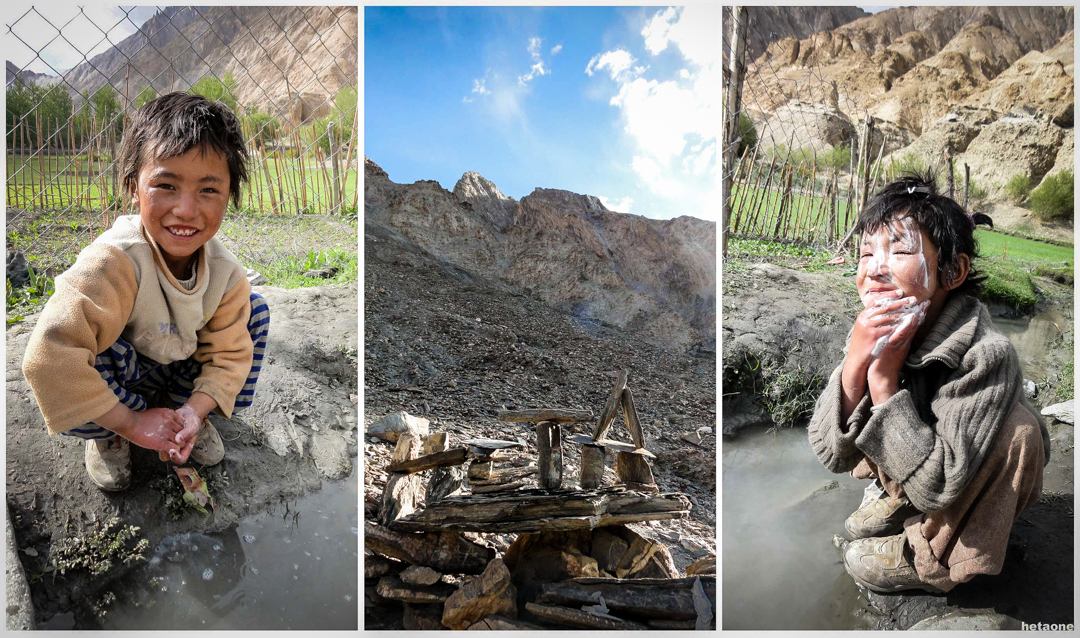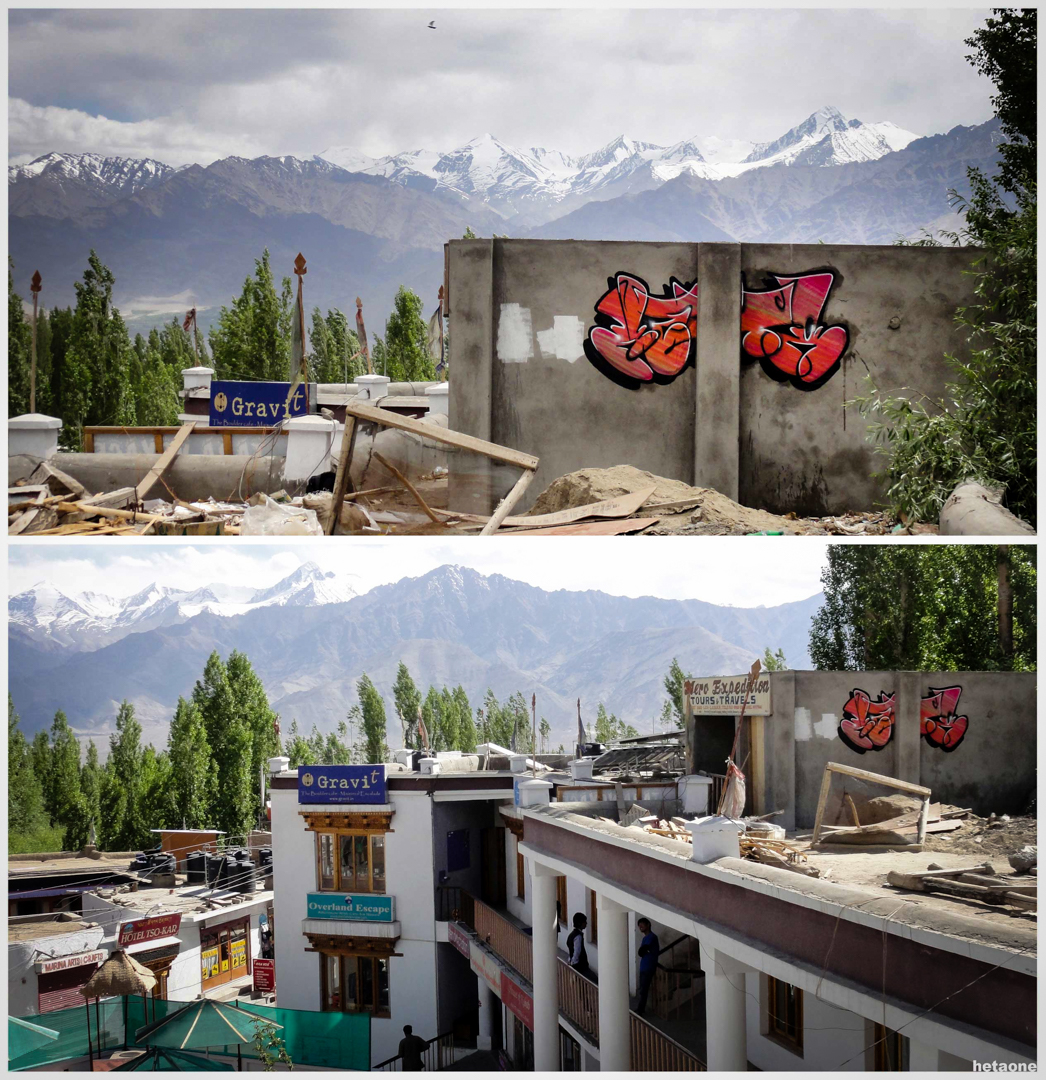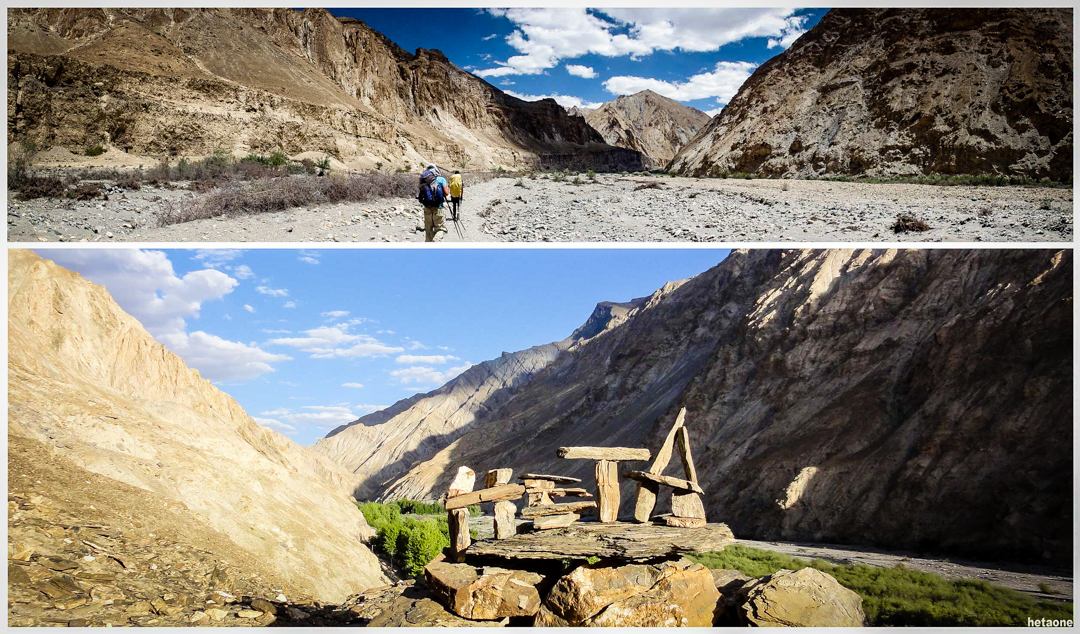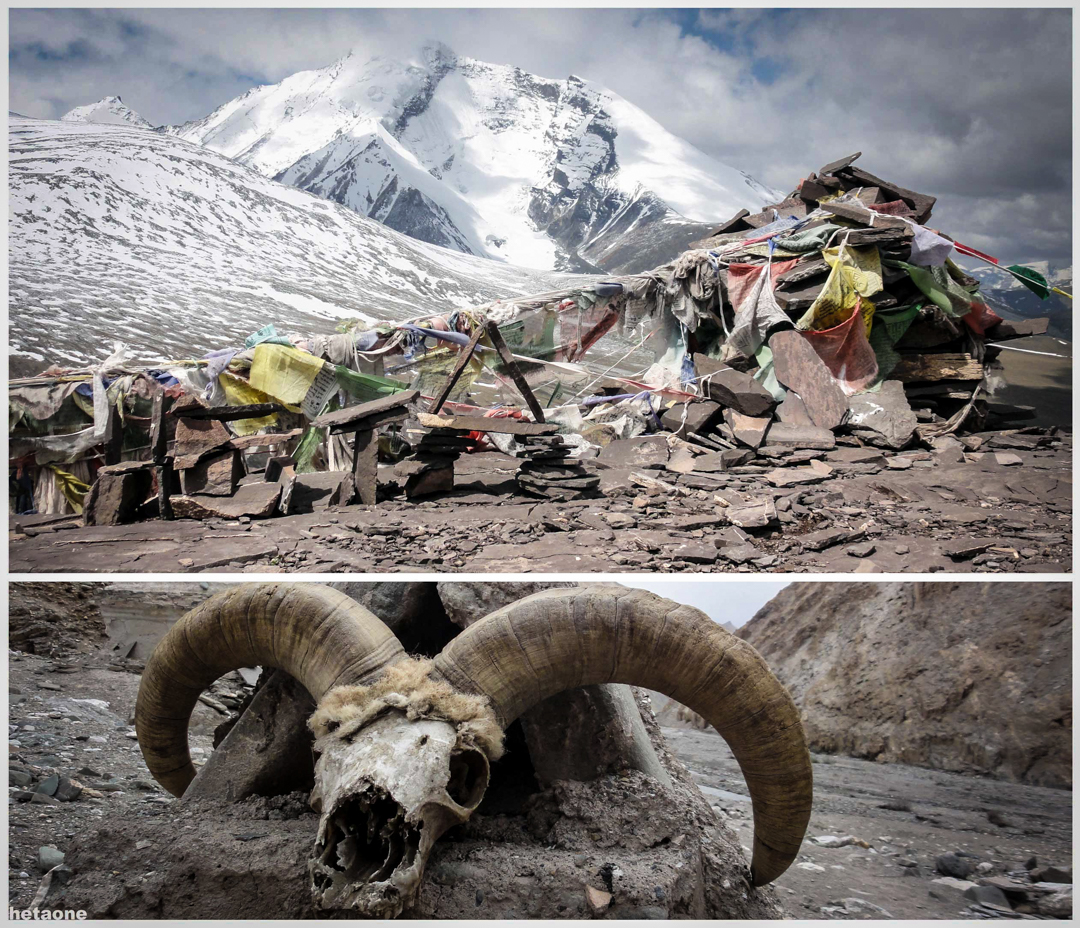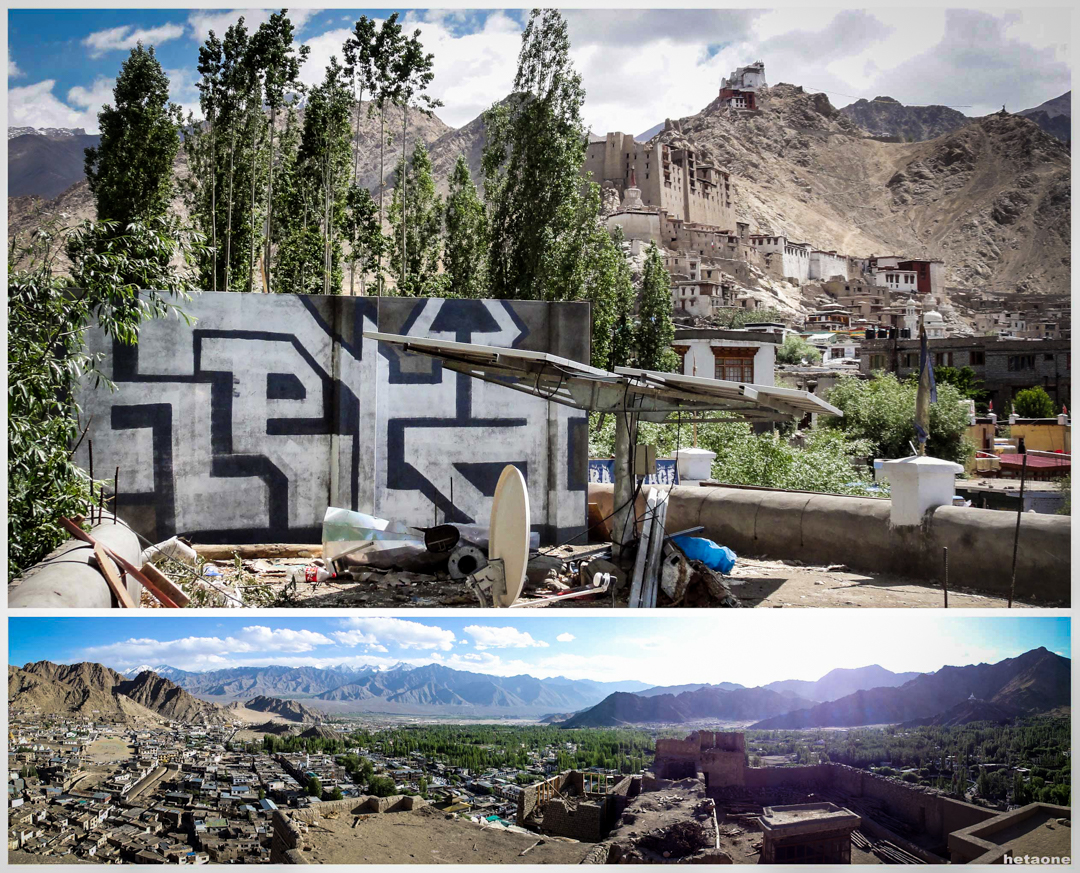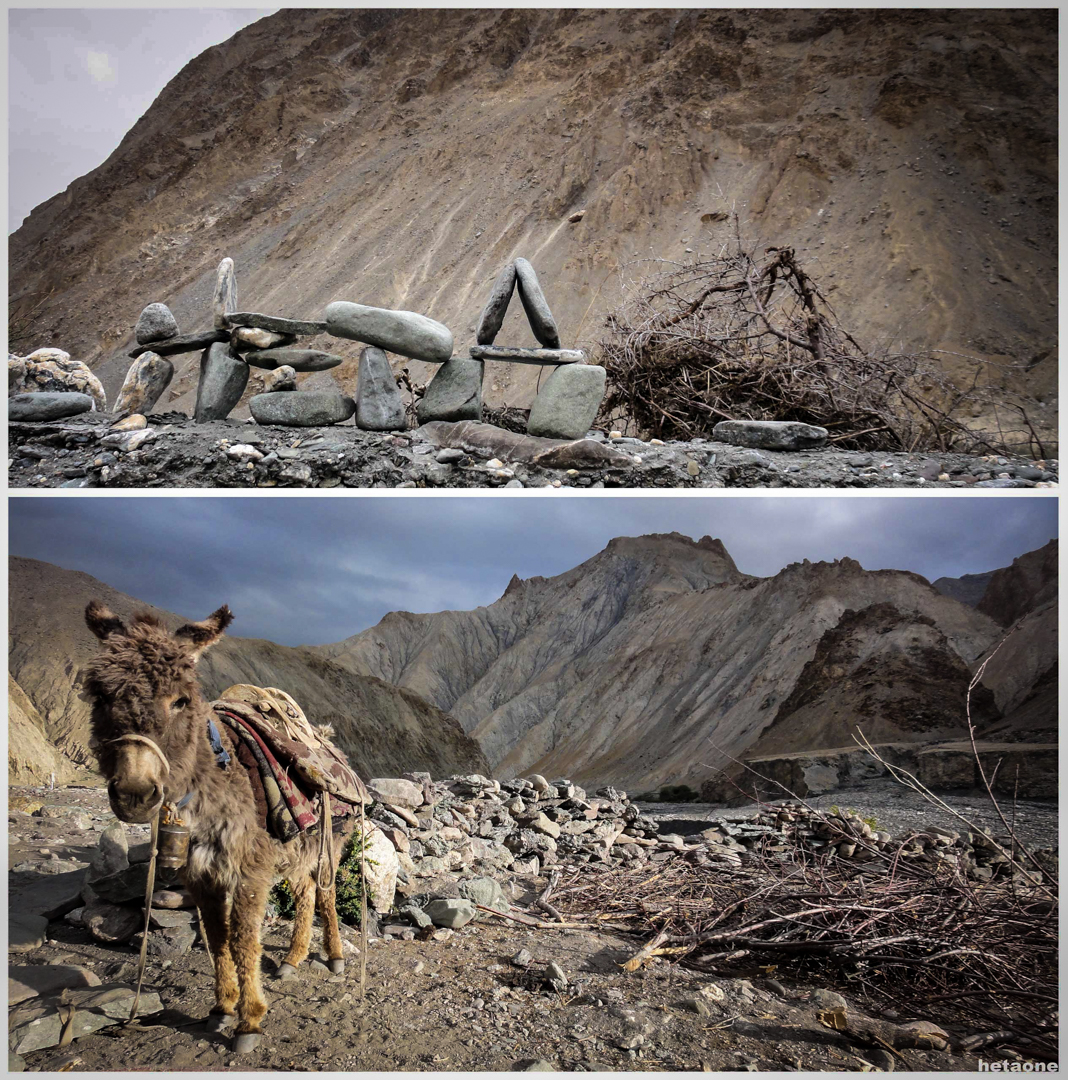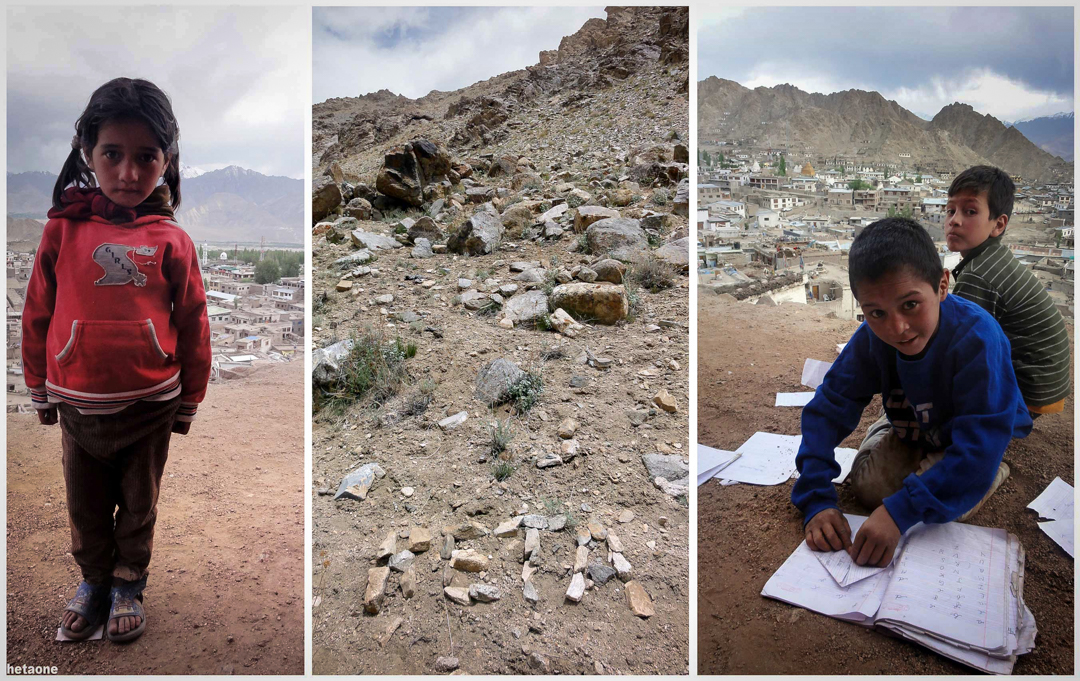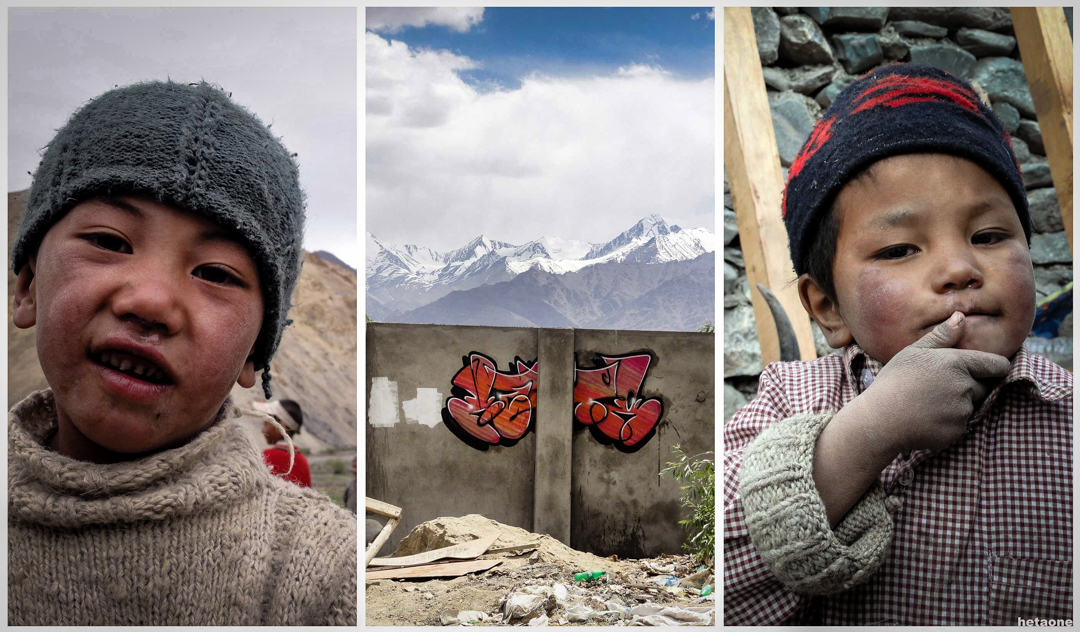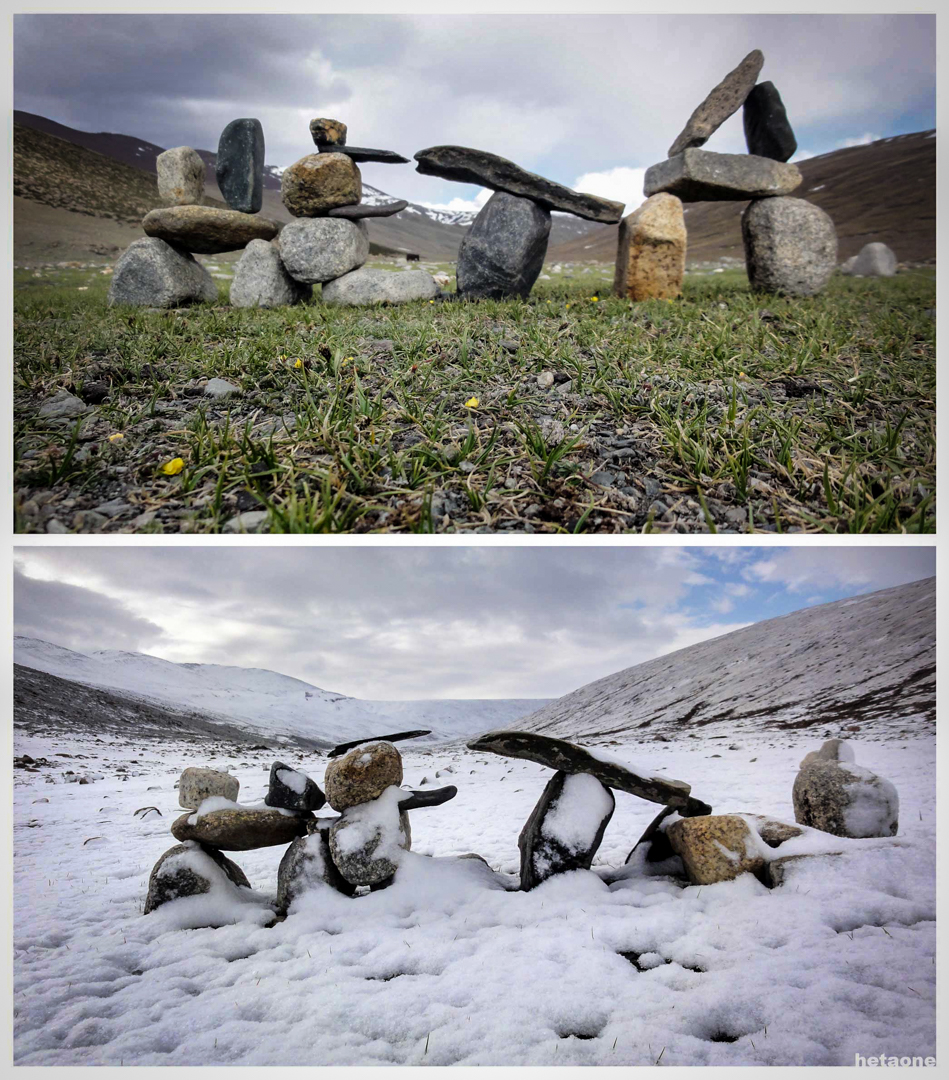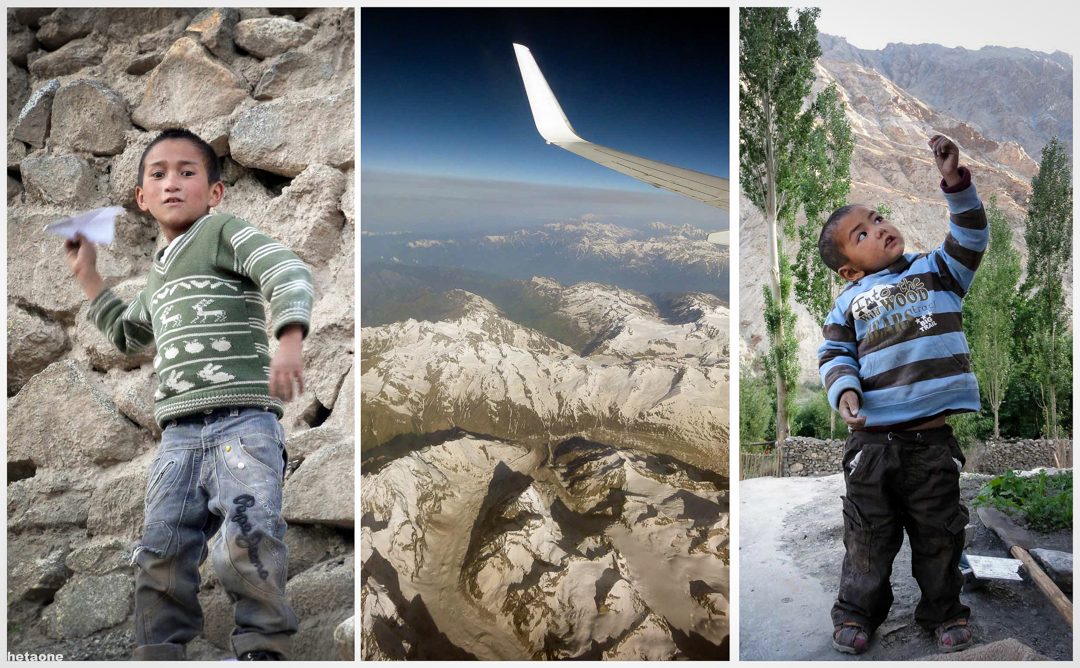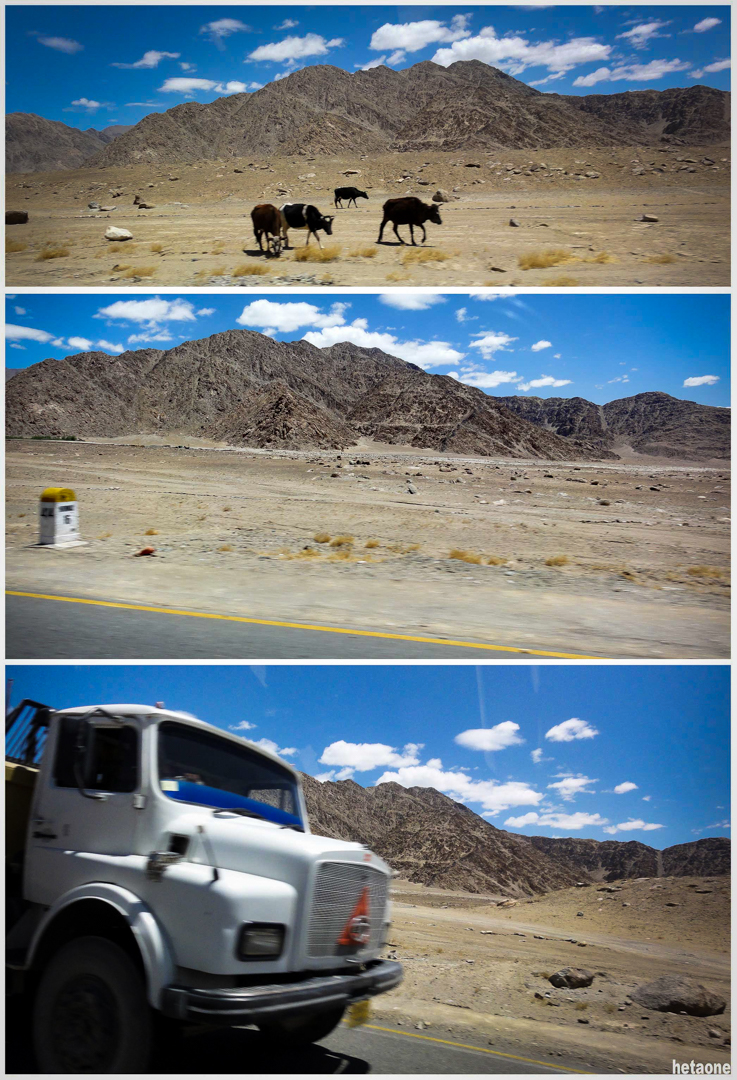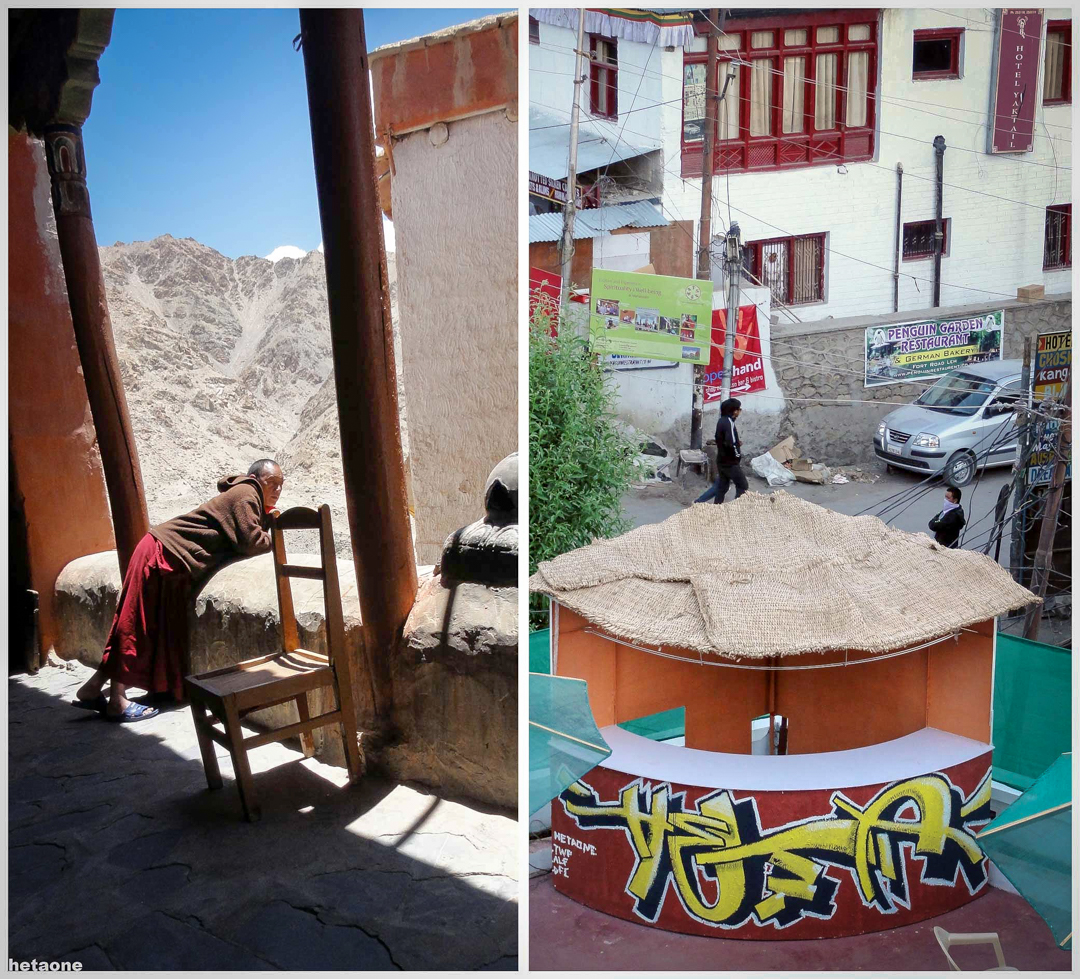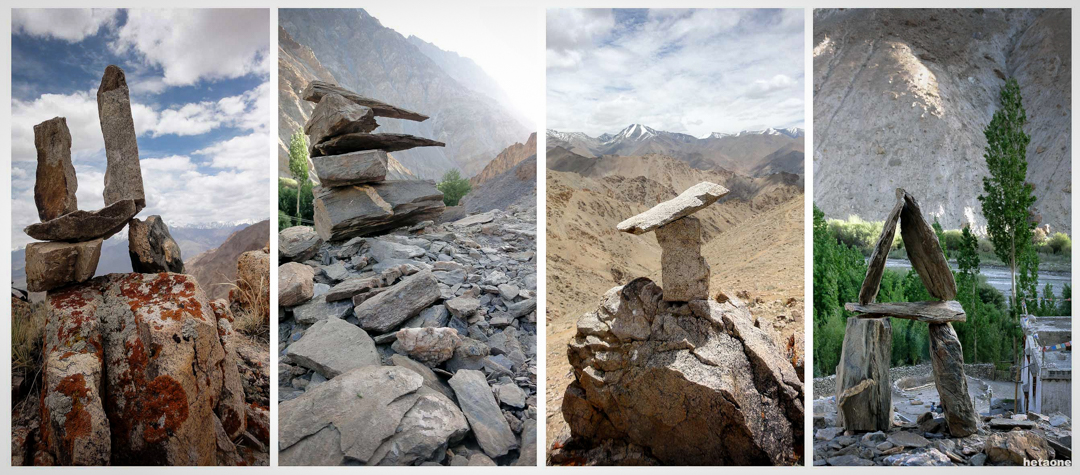Trek in the Himalayas
Ladakh is the region of India at the highest average elevation, with much of its territory exceeding 3000 m. It includes part of Karakoram and the Himalayas as well as the upper Indus Valley.
Ladakh, called «little Tibet» is an ancient kingdom bounded by the chains of Karakoram and the Himalayas and crossed by the Indus. It is a land of light and contrasts, fabulous landscapes, immense mineral and arid expanses of the highlands to the luxuriance of green oases and cultures. Around each village, one discovers stone walls «the Mani walls» whose each stone is engraved with a prayer. Numerous monasteries in activity, richly decorated, witness to the importance of the Tibetan Lamaitic religion, present in the everyday life of the Ladakhis. the villages live completely isolated by snow several months of the year.
This route crosses valleys and passes and skirts a part of the mountains along the Indus.
The starting point of the trek is in Chilling, a small village on the banks of the Zanskar river, now connected by road. You cross the Zanskar River via a “local cable car” system to the Markha Valley. The oases succeed each other in a gigantic desert of rocks and are the occasion of meetings with the Ladakhi people. You walk for five days, pass a pass at more than 5000m to Sumdo before arriving at the monastery of Hemis and the Indus valley.
In drier, higher-altitude areas along the Markha Valley, among the secluded oasis villages and snow-capped peaks that surround it up to the high-altitude alpine pastures at the foot of the Kang Yatse. By a pass at 5 150 m we reach the monastery of Hemis, on the Indus, and finally Leh.

